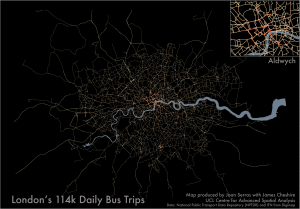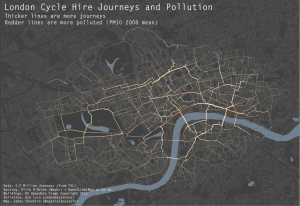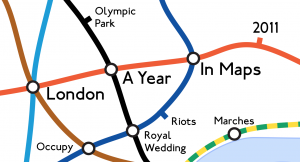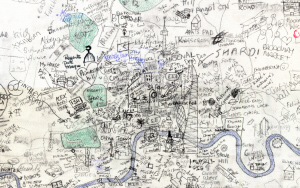GIS solutions for London’s Crossrail. Wayne Marsh, Crossrail. Abstract. Crossrail is the largest civil engineering project in Europe and the largest single addition to the London transport network in over 50 years. It has been designed to provide a new railway network for London and the South East and carry 200 million passengers a year. Within Crossrail, GIS is being used through the entire lifecycle of the project, including design, construction and maintenance, integrating and joining up data such as BIM and Asset Registries. At the heart of the GIS solution is an Oracle Spatial 11g server acting as the master repository and spatial analysis tool, glueing the information together. This talk will discuss how Crossrail arrived at this solution, how it is currently being used and how we plan to enhance it in the future. To download a PDF of the seminar please click here. In addition, here are some facts about Crossrail that @oobr tweeted during the seminar: – Crossrail is so vast that has its own coordinate reference system – London Survey Grid. British National Grid was not accurate enough. – Crossrail route has to weave through not just existing tube lines but also the post office […]
Continue reading »




